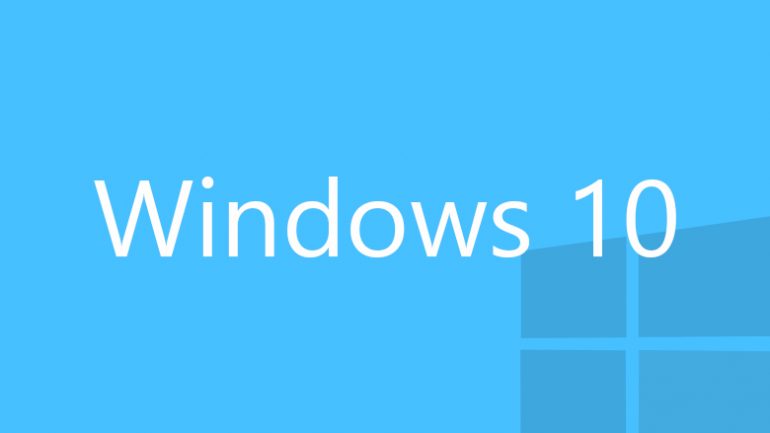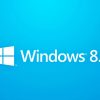Microsoft has announced that on the launch date Windows 10 will have no less than 7 different versions – Windows 10 Home, Windows 10 Pro, Windows 10 Enterprise, Windows 10 Mobile, Windows 10 IoT Core, Windows 10 Education and Windows 10 Mobile Enterprise.
Did you get tired of the naming scheme? Wait, there’s more but fortunately the names of the editions say a lot. Windows 10 Home will power home computers, notebooks and tablets, while Windows 10 Pro will target owners of small businesses and will offer support for cloud technologies, remote control and more. Windows 10 Enterprise will be a more serious edition – it will serve large corporations best and will offer enhanced security, more services and more apps. Windows 10 Mobile is designed for use with smartphones and tablets that have displays of 8 inches or less. This edition will lack the traditional Windows desktop – instead it will run Project Astoria, which provides compatibility with Android and Android apps.
Then we have Windows 10 IoT Core, which is a special edition of Windows that is designed for small-sized devices that belong to the Internet of Things ecosystem. Windows 10 Education will be similar to Windows 10 Enterprise but will serve students best. Finally Windows 10 Mobile Enterprise will be a more capable version of Windows 10 Mobile.
Microsoft has also confirmed that users who have licensed copies of Windows 7, Windows Phone 8.1 and Windows 8.1 will be able to upgrade to Windows 10 for free within a year after the Windows 10 launch. The prices of the stand-alone Windows 10 versions have not been announced yet, though.
Source: Microsoft

